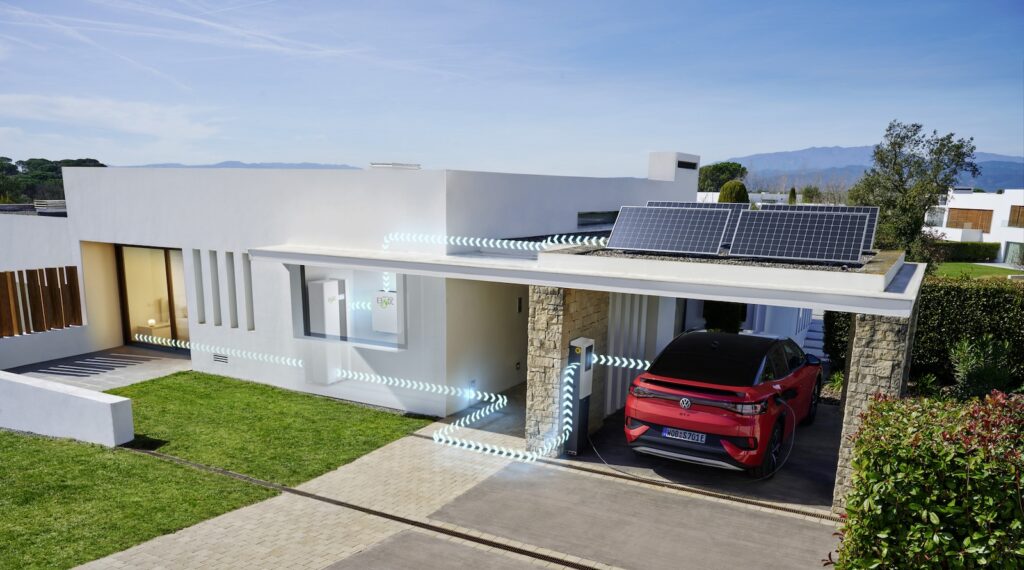Revolutionizing the Energy Industry: The Rise of Renewable Energy Sources
Renewable energy sources are transforming the way we think about power generation, with solar and wind energy leading the charge. In 2020, renewable energy accounted for 26% of global power generation, up from 21% in 2010. But what’s driving this shift, and what does it mean for the future of the energy industry?
The Case for Renewable Energy
Renewable energy has become increasingly cost-competitive with fossil fuels, making it a viable option for power generation. In fact, the levelized cost of electricity from solar photovoltaic (PV) systems has fallen by 70% over the past decade, while wind energy costs have dropped by 49%. This cost-effectiveness, combined with growing concerns about climate change and air pollution, is driving the adoption of renewable energy sources.
Solar Power on the Rise
Solar energy is one of the fastest-growing forms of renewable energy, with global installations increasing by 20% in 2020 alone. The United States, China, and India are the top three countries for solar capacity additions, with the latter expected to reach 100 GW by 2025. Solar energy is particularly well-suited for distributed generation, with rooftop installations becoming increasingly popular in both residential and commercial settings.
Wind Power’s Growing Impact
Wind energy is another significant player in the renewable energy landscape, with global capacity reaching 740 GW in 2020. Offshore wind farms are gaining popularity, with the world’s largest offshore wind farm, the Walney Extension, located off the coast of the UK. Onshore wind farms are also expanding, with the United States and China leading the way in terms of installed capacity.
The Future of Energy
As the energy landscape continues to evolve, it’s clear that renewable energy will play a vital role. The International Energy Agency (IEA) predicts that 30% of the world’s energy mix will come from renewable sources by 2025. For the energy industry, this means adapting to a new reality where flexibility, storage, and grid resilience will be crucial. As the technology continues to improve and costs decrease, renewable energy will become an increasingly important part of the energy mix, revolutionizing the way we think about power generation and use.




.png?w=150&resize=150,150&ssl=1)


